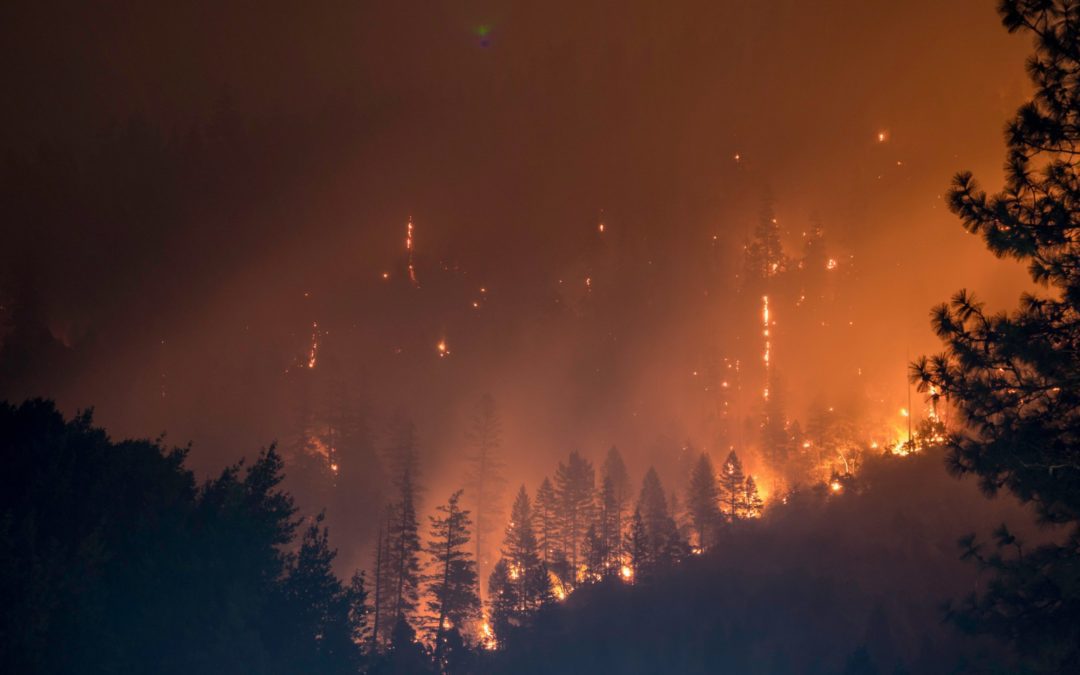Immersion in the virtual world made with Augmented Reality and Virtual Reality technologies can be charming while changing our view on significant civilization problems.
Few of us can afford to explore oceans, admire the richness of underwater fauna and flora. We don’t know much about what a tropical forest or Arctic landscape looks like in detail. A trip to remote corners of the globe to see for yourself how local communities live their lives is also not easy. However, all these obstacles can be compensated by using virtual reality simulation. That’s what Hydrous co-founder Erika Woolsey, scientist, oceanographer, filmmaker meant when she said that
“Virtual reality allows people to find places that would be impossible to reach.”
–Erika WoolseyLearning by experience
VR and AR techniques can expand our expertise and even change our attitude to reality. First of all, they embody new tools for the educational process. We moved from the flat charts and ordinary texts to the scene of animated multimedia presentations.
Today we are starting to use the possibilities of immersive learning. This means leaving the student’s passive role and entering the role of an active co-creator of events.
Modern educational VR apps combine both strong impressions and learning through experience. At the same time, we are not limited by the laws of physics or nature. The idea is that after putting on the goggles, we can see and experience how the melting of the glacier actually works, what effects drought and typhoons have for societies. That we could even shed the human shell, becoming suddenly a coral that lives underwater or a tree was emerging from the ground.
AR and VR in defense of the climate
In ecological education using VR, the desired target effect is a change in human attitudes and a better understanding of the issue through experience. The idea is that after putting on the goggles, we can see how the glaciers are melting, how drought and typhoons affect societies. We can even shed the human shell and become an underwater coral living or a tree growing from the ground. We are on the verge of a climate disaster confirmed by countless scientific studies, and yet we still have a large group of people who do not believe in climate change. Even more, those who believe but do not think it is related to their actions or convinced that they cannot do anything about it. VR and AR technologies can change this.
The interest of non-profit organizations and NGOs in VR is growing. At the same time, the scene of creators who use these technologies is expanding.
Let’s list a few that have been talked about a lot:
Hydrous
The organisation mentioned earlier brings together scientists, designers, divers, filmmakers and activists. The group explores the depths of the sea, photographing and filming fauna and flora, creating digital models of coral reefs. A 360 VR movie – Immerse turned out to be a spectacular, award-winning project. Presented to the public in early 2019, the production shows richness and beauty of oceanic life and some processes responsible for coral reefs devastation.
Tree
This project was created in cooperation with the Rainforest Alliance organization. Creators have asked themselves: “what is it like to be a tree?”. The experience is about being the tree. User’s hands turn into branches, and his torso turns into trunk. All to experience how subtle and amazing process is growing, being part of nature and ultimately dying as a tree. In such a suggestive way, the creators want to direct the user’s attention on global deforestation.
Trash Rage
Player enters the post-apocalyptic world to learn sorting waste. The visual effects used in the game make it an ideal educational proposition for teenage youth. The production met with great interest of schools, it is often used at environmental events. It has also gained popularity outside of Poland. It can be adapted to different, local and changing waste sorting rules.
Empathy technologies
At one of TED’s presentations three years ago, AR and VR technologies described as tech for arousing social empathy. Representatives of Greenpeace, an organization known for its expressive actions for the environment, know well how difficult this process can be. When the goal of the action is to convince companies to support environmental projects, it turns out that excel sheets, texts, slide shows rarely build empathy. Hence the search for new ways to reach donors’ awareness. Greenpeace found out that using VR and AR to create ecological narratives, stimulate both intellectually and emotionally.
Fundraising efficiency for running social campaigns has increased. It is worth emphasizing: VR and AR techniques used for business purposes and propagating specific ideas can strongly affect human emotions.
As always, technology alone is not everything. What counts is the idea, history, and educational value, as well as the openness of both creators and – above all – recipients.

